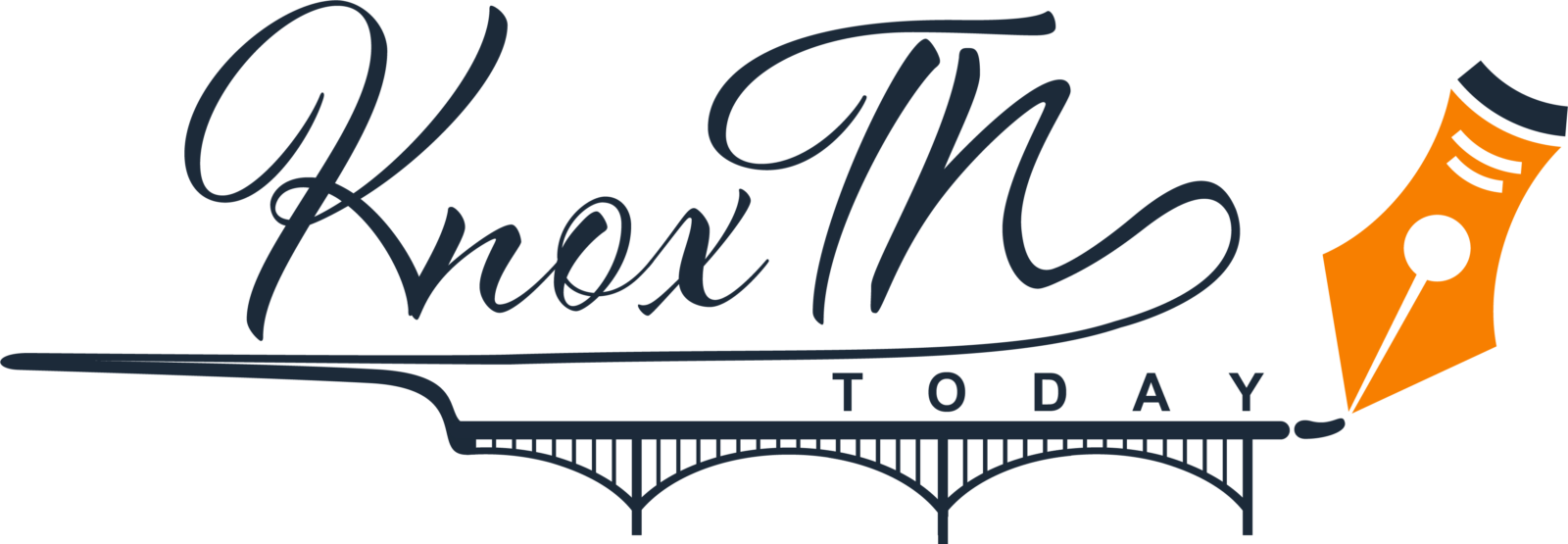How can communities better withstand weather extremes and related disasters in the coming years? One tool designed to strengthen the places where we work, live and send our children to school is called Justice40.
What does Justice40 mean? The White House describes it like this:
“For the first time in our nation’s history, the federal government has made it a goal that 40 percent of the overall benefits of certain federal climate, clean energy, affordable and sustainable housing, and other investments flow to disadvantaged communities that are marginalized by underinvestment and overburdened by pollution.”
The Justice40 initiative can apply to a variety of federal programs, from those involved in housing, to helping veterans, to clean energy projects. It began with Executive Order 14008, and it is unclear how much of this will stay intact under a new administration.
Where is this applicable? This online screening tool allows you to see census tracts on a map, with the blue ones indicating they fall in marginalized communities. The initiative also includes all Federal Recognized Tribes.
What does this aim to accomplish? As described here by the Department of Energy, Justice40 should help ease the energy burden for communities in the most need. This could include federal efforts to improve the power grid and protect against disasters.
How could this benefit you? If you live, work or send a child to school in one of the many areas identified as disadvantaged, your community may want to be included as a stakeholder in federally funded projects that must follow Justice40 guidelines. Those projects must show a broader community benefit, and you might have ideas on how that could happen. Here is a link to the Justice40 Initiative Covered Programs List.
Anne Brock is Marketing Coordinator for Solar Alliance, which provides professional Commercial Solar services to businesses, utilities and nonprofits. She can be reached at abrock@solaralliance.com or 865-221-8349.

